Got pimples but hate the sting of traditional gels? You’re not alone. Many people look for milder or more natural ways to clear their skin without the burning feeling. Below we break down why you might want to try a different approach and list the top alternatives you can find at a drugstore or online.
Classic acne spot treatments often contain benzoyl peroxide or high‑strength salicylic acid. They’re powerful, but they can dry out skin, cause redness, or irritate sensitive faces. If you’ve experienced any of those side effects, an alternative might give you the same results with less hassle. Some users also prefer products that don’t smell like a chemistry lab or that are labeled “natural.” Switching can also help if your skin has built up tolerance—meaning the original product stops working as well.
1. Azelaic Acid (10‑15%) – This ingredient fights bacteria, reduces inflammation, and fades post‑acne marks. It’s gentler than benzoyl peroxide and works well for both acne and rosacea. Start with a thin layer once a day and increase to twice if your skin handles it.
2. Tea Tree Oil – A classic natural remedy. The oil’s antimicrobial properties target the bacteria that cause pimples. Use a 5% diluted solution or a pre‑mixed gel to avoid irritation. Apply only on active spots and keep the rest of your face oil‑free.
3. Niacinamide (Vitamin B3) – Found in many serums, niacinamide reduces redness and regulates oil production. It’s non‑drying and works well under moisturizers or sunscreen. A 4% concentration is a good everyday dose.
4. Sulfur Masks – Sulfur absorbs excess oil and has antibacterial effects. A short, weekly mask can calm breakout‑prone skin without the harshness of strong acids. Rinse off after 10‑15 minutes.
5. Retinoid Alternatives (Differin Gel 0.1% adapalene) – While still a retinoid, adapalene is less irritating than older retinoids. It speeds up cell turnover, keeping pores clear. Use every other night at first, then move to nightly if your skin tolerates it.
When trying a new product, patch‑test on your jawline or behind your ear. Wait 24 hours to see if any redness or itching shows up. This simple step can save you from a full‑face reaction.
Don’t forget the basics: cleanse with a gentle, non‑scrubbing cleanser, moisturize with a lightweight, non‑comedogenic cream, and wear sunscreen every day. Even the best topical alternative can cause sun sensitivity, especially acids and retinoids.
In short, you have plenty of choices beyond the usual benzoyl peroxide gel. Pick one that matches your skin type, start slow, and watch the breakouts fade without the burn. Your face will thank you.
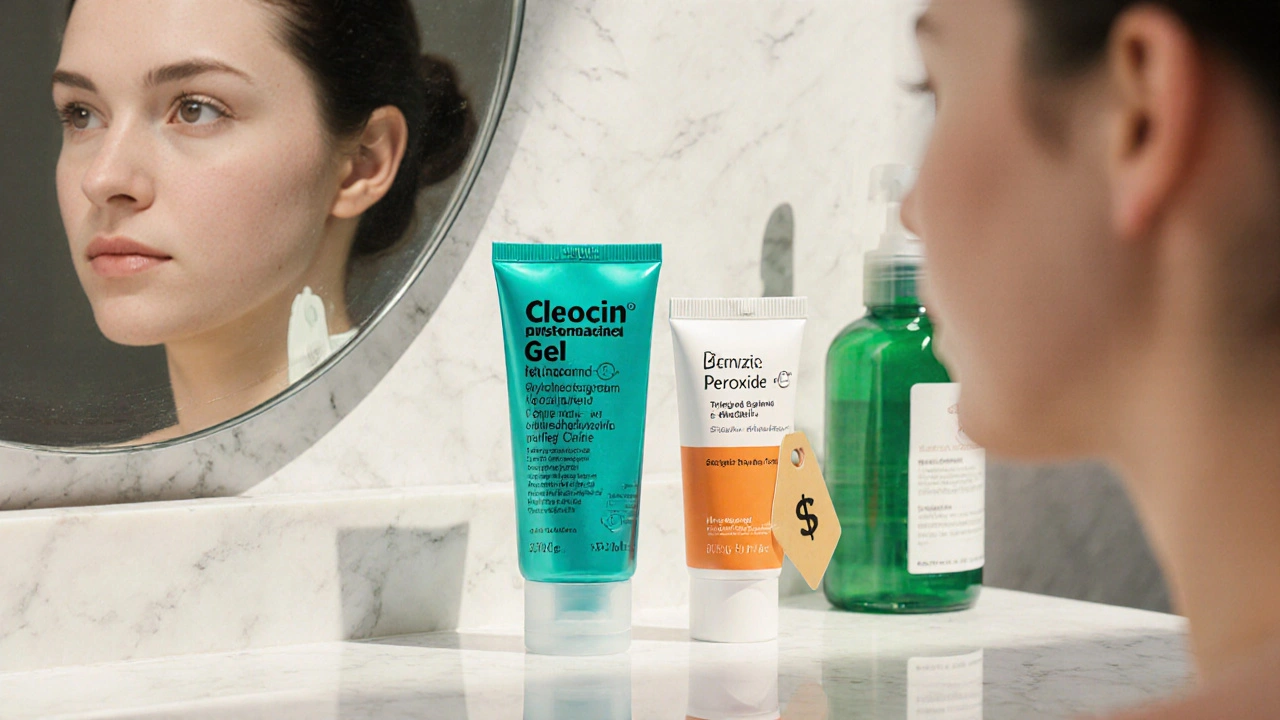
A clear comparison of Cleocin Gel (clindamycin) with other topical acne treatments, covering how they work, price, side effects, and tips for choosing the best option.
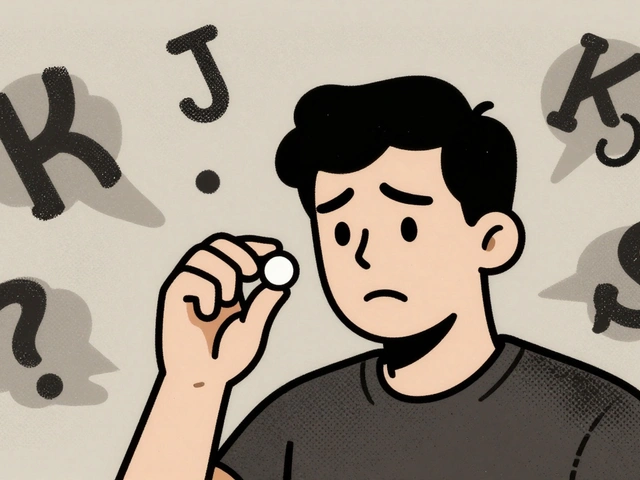
The nocebo effect explains why people feel side effects from medications even when the drug has no active ingredient. Expectations, not chemistry, often drive these reactions - and they're more common than you think.
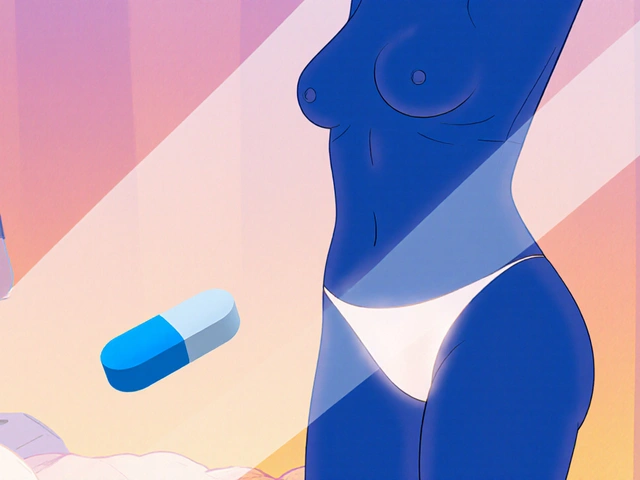
A comprehensive side‑by‑side comparison of female Viagra (sildenafil) with Addyi, Vyleesi, generic options and herbal alternatives, covering how they work, dosing, safety and when each is best.
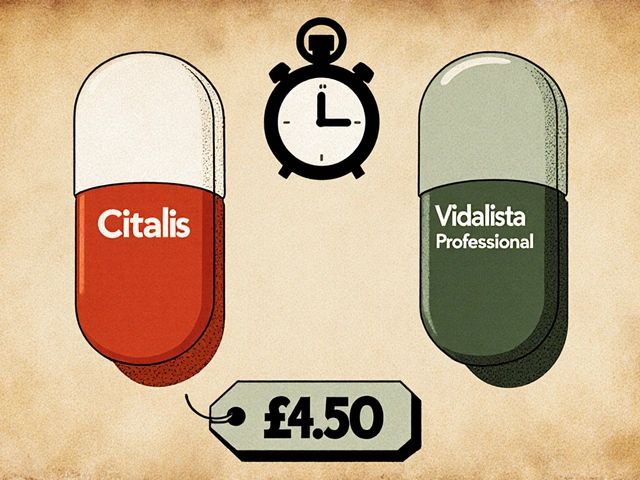
Compare Vidalista Professional with Cialis and other tadalafil generics to find the safest, most cost-effective option for treating erectile dysfunction. Learn what really matters-active ingredients, safety, and where to buy.
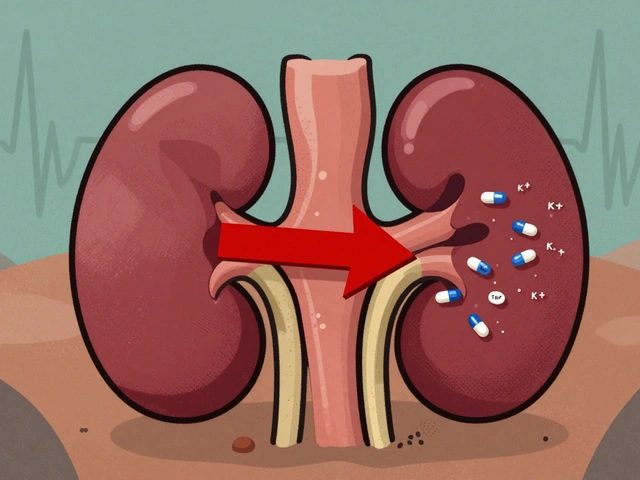
Trimethoprim can cause dangerous spikes in potassium levels, especially in older adults or those on blood pressure meds. Learn who's at risk, how to prevent life-threatening hyperkalemia, and safer antibiotic alternatives.
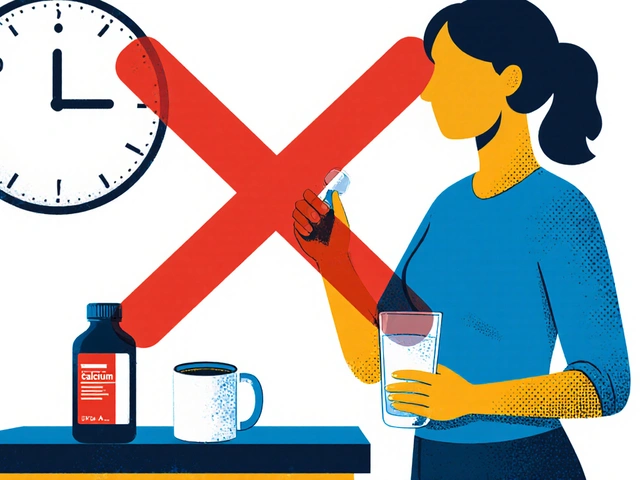
Learn how to take calcium supplements and bisphosphonates correctly to avoid absorption problems. Follow exact timing rules to maximize osteoporosis treatment and prevent fractures.